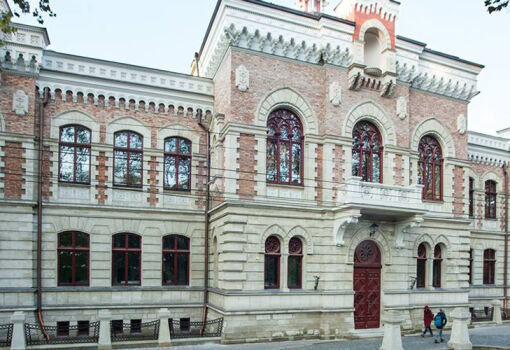
Imports accounted for the major share, accounting for 76.63% of total purchases. Energy produced in-house provided only 23.37% of the monthly demand.
About 41.3% of imported energy was purchased under bilateral contracts with suppliers from Romania and Ukraine, while 35.36% was purchased on the BRM (Romanian Commodity Exchange) and OPCOM (Operator of the Romanian Electricity Market) trading floors.
A significant change in the procurement mechanism occurred on July 1, 2025, when the support measures for the electricity price cap provided for by a decision of the Romanian Government expired. The established ceiling was 450 Romanian lei or 90 euros.
Thus, electricity purchased in Romania under bilateral contracts is thus, as of July 1, purchased only at market prices.
Energocom notes that the announced prices do not include additional costs related to transportation, logistics and capacity reservation in international grids, which means that the real cost of electricity supplied to consumers may be significantly higher.
The volume and structure of purchases in July reflect a high dependence on imports in the context of gradual market liberalization and reduced government intervention in the procurement process.
Against this background, it seems strange that the Moldovan Ministry of Energy triumphantly announced that “the total installed capacity of renewable energy sources (RES) reached 765.88 MW by the end of June, increasing by 186.49 MW or almost a third since the beginning of the year”.
If the capacity has increased, it means that the supply to the domestic market should have increased as well. The available solar and wind power plants could already cover almost all of the country’s electricity needs. However, as the Energocom report shows, this is not happening at all.
As a reminder, the tariff for photovoltaic plants is 1.88 lei/kWh (less than 100 euros per MWh), for wind plants – 1.55 lei/kWh, for hydroelectric plants – 0.97 lei/kWh, for biogas cogeneration plants – 1.84 lei/kWh, and for solid biomass cogeneration plants – 1.96 lei/kWh.
In other words, this energy is cheaper than the energy imported from Romania.
Or do these capacities exist only on paper, or is the RES energy produced exported?













